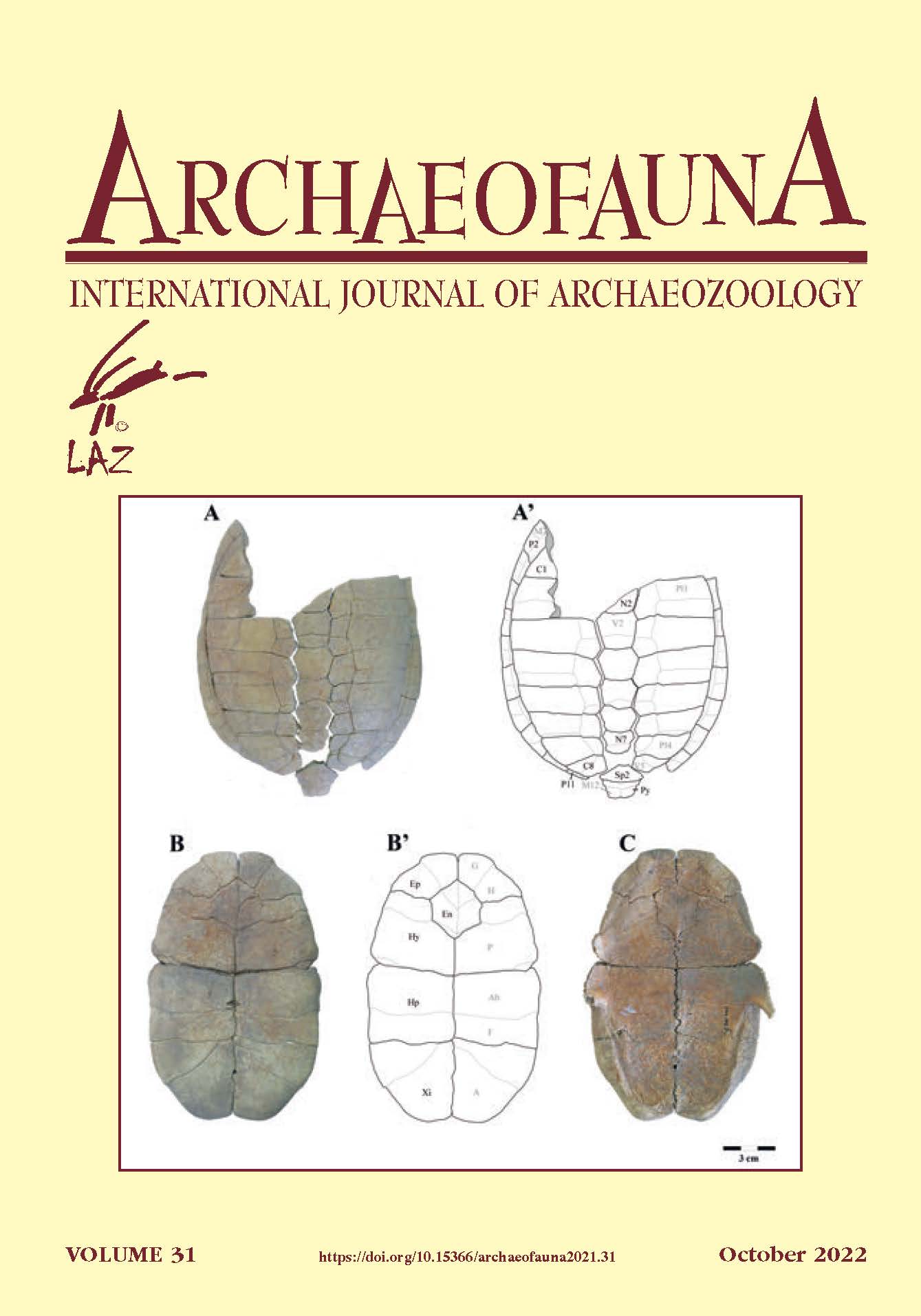Subsistence strategies in the Inner Congo Basin since the 14th century AD: the faunal remains from Nkile and Bolondo (DR Congo)
Mots-clés :
subsistence, fishing, africa, zooarcheology, rainforestRésumé
The faunal remains are described from Nkile and Bolondo, two archaeological sites in the equatorial rainforest of the Democratic Republic of Congo. Both river-side settlements, located in the Ruki-Tshuapa basin and dating to between the 14th century to the second half of the 20th century, show a heavy reliance on aquatic food resources. The animal remains show that fishing was a major subsistence activity, whereas hunting, slaughtering of domestic stock and harvesting of molluscs were less frequent activities. The contribution to the diet of the different animal taxa suggested by the zooarchaeological data is in line with recently published stable isotope results obtained on humans and animals from Bolondo. The type of fish, and in particular their reconstructed sizes, show that the major exploited fishing grounds were shallow waters that became accessible during the low water seasons (nowadays July-August and a minor season in March at both sites). The proportions of the exploited fish taxa are comparable to those marketed nowadays in larger urban centres. Juvenile fish, and to some extent, small crocodiles, were heavily exploited but it is argued that at the time this was still a sustainable activity that did not deplete the fauna as much as today since human populations were smaller and the fishing gear less effective.

